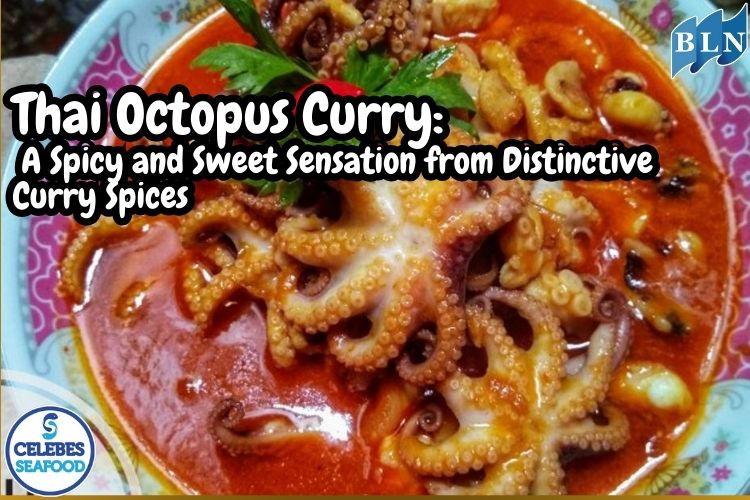Utilization of Gamma Irradiation on Tuna in Sushi/Sashimi Preparation
By. Azizah - 11 Aug 2025
Tuna (Thunnus spp.) is a primary raw material in the preparation of sushi and sashimi, which are consumed raw. The main challenge in serving these dishes is the risk of contamination by pathogenic microbes and parasites that can endanger consumer health. Gamma irradiation, as a non-thermal food processing technology, has the ability to inactivate microbes without significantly altering sensory characteristics. This article discusses the application of gamma irradiation on tuna, covering its mechanism, optimal dosage, effects on sensory quality, and implications for the Japanese and international culinary industries.
1. Introduction
Sushi and sashimi are traditional Japanese dishes that have gained popularity worldwide. One of the most widely used fish varieties is fresh tuna, particularly yellowfin tuna (Thunnus albacares) and bluefin tuna (Thunnus thynnus), due to their tender texture and distinctive flavor.
The consumption of raw fish carries health risks, including bacterial infections (Salmonella spp., Listeria monocytogenes, Vibrio parahaemolyticus) and parasites such as Anisakis simplex. Conventional treatments such as chilling and freezing can reduce these risks but are not always effective against all pathogens.
Gamma irradiation, which uses radioactive sources such as Cobalt-60 (Co-60) or Cesium-137 (Cs-137), is a food sterilization method recognized by FAO, WHO, and IAEA. This method can eliminate pathogenic microorganisms and extend shelf life without damaging the sensory quality of the product.
2. Gamma Irradiation Method for Tuna
2.1 Principle of Operation
Gamma irradiation works by emitting high-energy electromagnetic waves capable of breaking the DNA strands of microorganisms, thereby preventing reproduction and causing cell death.
2.2 Application Dosage
Research indicates that gamma irradiation doses for raw fish typically range from 1–3 kGy for decontamination purposes and up to 5 kGy for full sterilization. For tuna sashimi, the recommended dose is 1.5–2.5 kGy because:
-
It is sufficient to reduce bacterial populations to safe levels.
-
It minimizes changes in the color, aroma, and texture of the flesh.
2.3 Application Procedure
-
Selection and Preparation – Fresh tuna is selected according to high-quality sashimi grade standards.
-
Vacuum Packaging – Tuna flesh is sealed in airtight packaging to minimize oxidation.
-
Irradiation – Samples are placed in a gamma irradiation chamber with a controlled dosage.
-
Storage – After irradiation, products are stored at 0–4°C until distribution.
3. Results and Discussion
3.1 Effectiveness in Microbial Reduction
Studies have shown that 2 kGy gamma irradiation on tuna can reduce Vibrio parahaemolyticus by more than 99% and inactivate Anisakis larvae without significant sensory changes (Park et al., 2021).
3.2 Effects on Sensory Quality
-
Color: Doses below 3 kGy maintain the natural red color of tuna flesh, while higher doses may cause slight browning due to myoglobin oxidation.
-
Texture: No significant differences in firmness compared to non-irradiated controls.
-
Aroma and Flavor: Optimal doses do not produce off-flavors, unlike thermal treatments which can damage the original taste.
3.3 Safety and Regulations
Many countries, including Japan, the United States, and several European nations, have approved the use of gamma irradiation for seafood products within certain dose limits. The label “Treated with Irradiation” is required on packaging in some jurisdictions.
3.4 Industrial Implications
This technology can:
-
Enhance food safety standards in international sushi restaurants.
-
Expand the distribution range of fresh tuna sashimi to export markets.
-
Reduce product recalls due to contamination.
If you are interested in our Coral Trout Fillet Skin On, CORAL TROUT WGG WHOLE GILLED GUTTED please do not hesitate to contact us through email and/or whatsapp.








